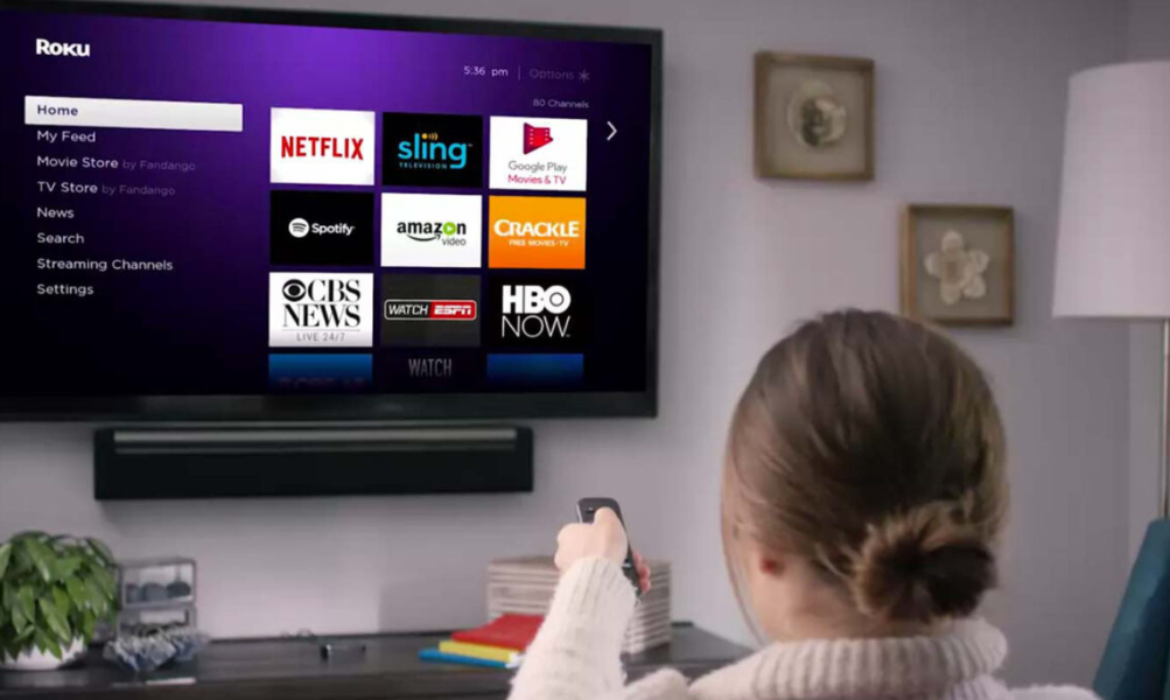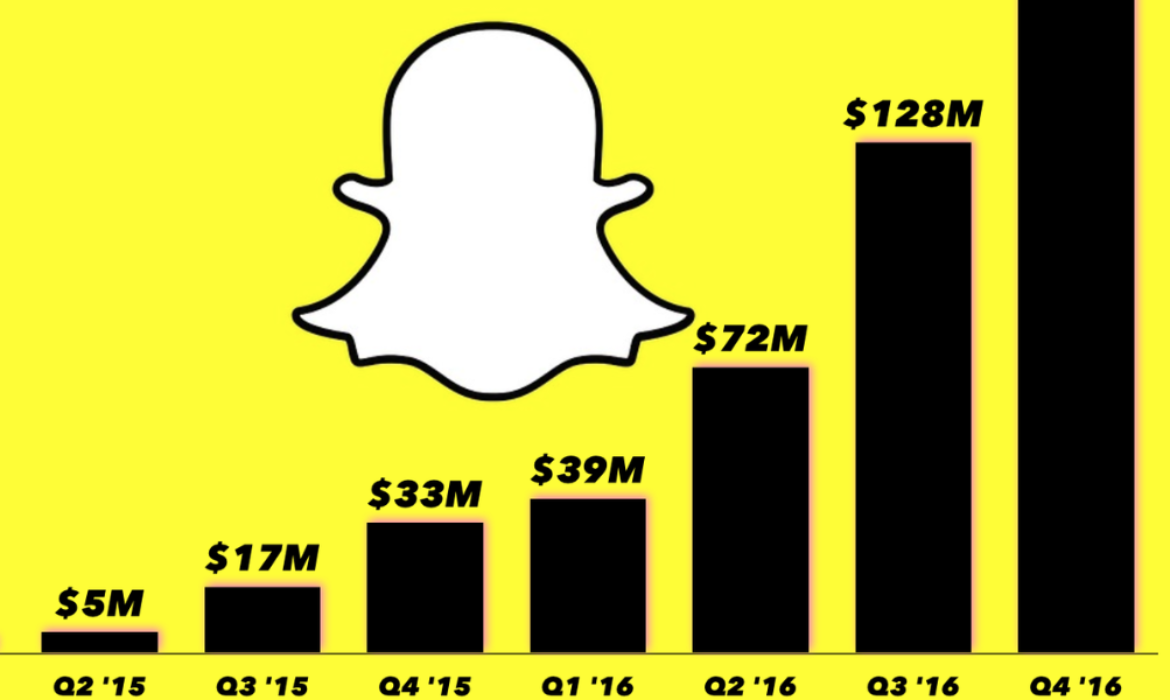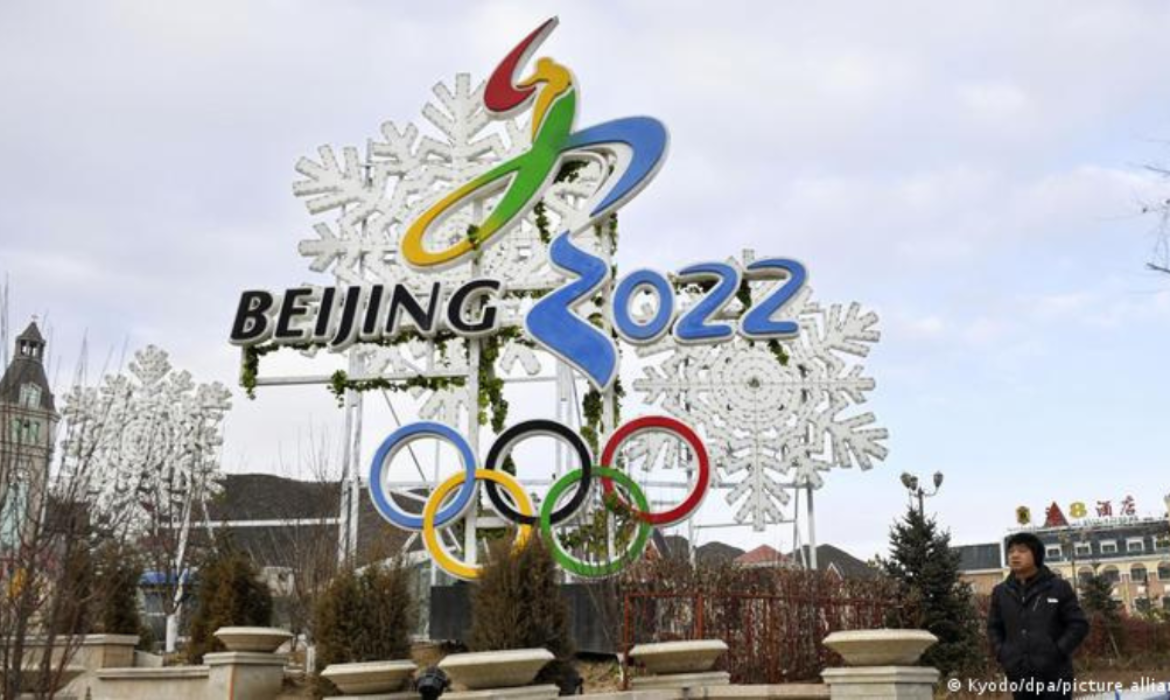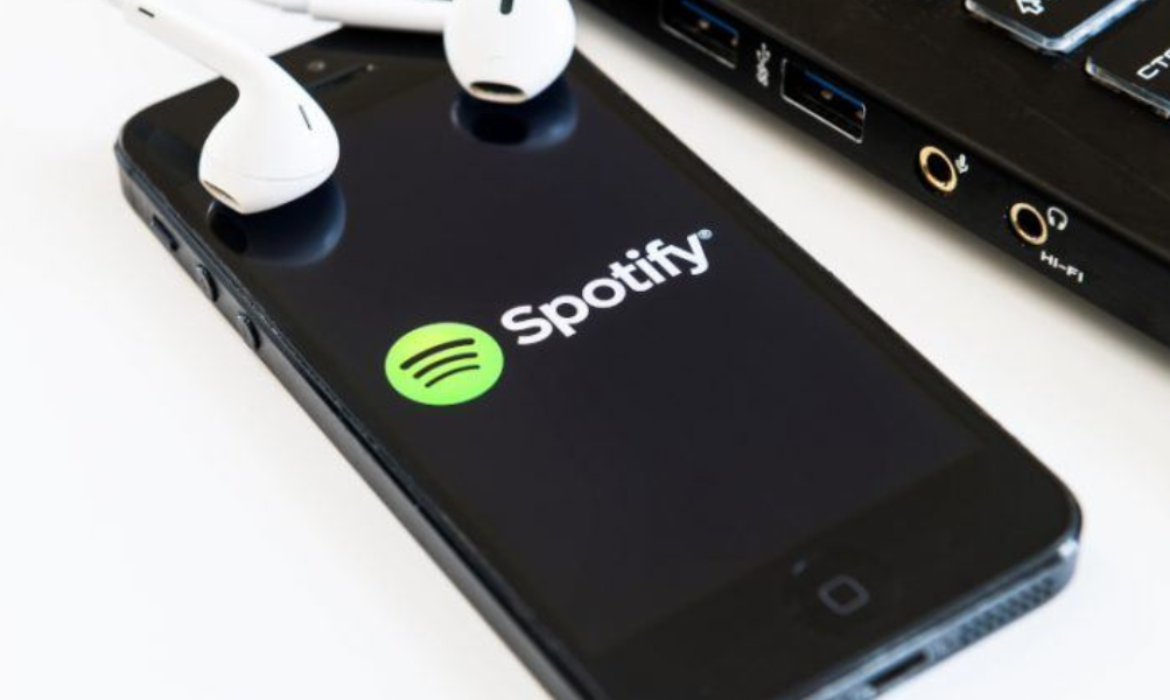GroupM Launches Programmatic Marketplace, Result of Licensing Deals with Magnite and PubMatic
The media investment division of WPP, GroupM, has launched a programmatic marketplace covering everything from Connected TV and online video and display ads. This is a result of GroupM’s licensing deals with SSP platforms Magnite and Pubmatic.
GroupM believes that the Premium Marketplace will allow advertisers more transparency in this otherwise lopsided ecosystem of internet ads.
The GroupM Premium Marketplace is an integrated and unified programmatic marketplace created through worldwide collaboration agreements with Magnite in North America and PubMatic in Europe and the Middle East. It comes in response to an RFP that urged vendors to show their capabilities in the fast-growing CTV industry as well as in high-growth areas.
GroupM also expands on its previous SPO efforts, codenamed Premium Supply, which saw it centralize programmatic spending to a small number of SSPs, including Magnite, PubMatic, and Index Exchange, strategies that have been deployed on Madison Avenue.
According to a press release, GroupM Premium Marketplace will –
“provide clients with direct and advantaged access to high-quality publisher inventory”
In a First, Walmart Reveals its $2.1B Advertising Revenue!
When Walmart reported profits on Thursday, it went above and beyond in its support for its advertising division.
For the first time, the retail behemoth reported advertising income, which totaled $2.1 billion globally. A total of $500 million was recognized as revenue gained as a result of a reduction in an advertiser’s cost of sales. The remaining $1.6 billion was devoted entirely to the media industry.
Walmart CFO Brett Biggs said –
“We expect Walmart Connect to continue to scale over the next few years with plans to become a top-10 ad business in the midterm. We continue to make strong progress in some of our newer higher-margin initiatives. Walmart Connect advertising experienced robust sales growth this year with a strong pipeline of new advertisers and large growth opportunities ahead.”
Walmart Connect is an element of Walmart’s reciprocating eCommerce and margin expansion strategy. Whereas the high-margin advertising is important for its “growth algorithm” – a plan to invest substantially in brick-and-mortar revamps and fulfillment while preserving or even boosting its total profit margin.
Interesting Read: 6 Data Privacy Trends To Look Out For In 2022!
Roku’s Streaming System is Clearly it’s Bonanza for Q4!
Roku’s Q4 growth in 2021 can be attributed to streaming. Roku had more than 60 million active accounts by the end of 2021, with cumulative streaming hours more than doubling from the year before the pandemic. ‘
According to Anthony Wood, Roku’s CEO and founder, Roku was the biggest streaming platform in the US, Canada, and Mexico in terms of hours streamed in Q4.
The surge in Roku’s Q4 platform growth was driven by “strong demand,” said Roku CFO Steve Louden. Louden also added how in 2021, 40% of the participating advertisers were first-timers.
Interesting Read: Roku And Shopify Collaborate, Create App For SMEs To Launch CTV Ads
As a result of increased competition in the streaming industry, Roku’s monetized video ad impressions rose dramatically (almost double) in 2021. Roku, as the market’s top content aggregator, stands to profit as content providers continue to grow and compete for users.
Roku’s DTC efforts are also proving to be successful. In Q4, its fastest-growing ad product was targeting solutions based on its unique first-party data, which helped some of its DTC clients raise add-to-cart rates.
Also Read: Connected TV Ad Fraud: Is It Real And How To Avoid It?
Yahoo Launches Cookieless ID Targeting Solutions for the Open Web
Knock Knock.
Who’s there?
Ya.
Ya who?
Yahoo recently launched an ID-free targeting solution.
Yahoo has its own ID, which it refers to as the Yahoo ConnectID. According to Yahoo, 30 percent of ad impressions have no advertising ID now, and more than 75 percent of impressions will have no ID in two years.
Next-Gen Solutions, Yahoo’s first zero-ID solution, simulates logged-in users who can be monitored on Yahoo-owned online domains such as Yahoo Fantasy Sports, TechCrunch, and AOL Mail. Yahoo says that Next-Gen Solutions also decodes the content on a website and pulls in enhanced contextual information. Yahoo then creates audiences based on bidstream data signals such as weather and device type.
Interesting Read: Buzzfeed Integrates Yahoo’s Alternative To Third-Party Cookies
Yahoo can now give crucial insights on numerous actions, including the CPM difference between addressable and non-addressable inventory, according to James Kanak, OMD’s associate director of digital activation. Kanak also added that –
Advertisers need solutions that help them reach and gain insights into non-addressable environments.
Snap Sees a 64% Increase in Q4, Records Fastest Revenue Growth Yet!
During its Q4 2021 earnings report, Snap Inc. announced excellent revenue and user growth. The company’s total revenue for 2021 was $4.1 billion, representing a 64 percent year-over-year increase, the fastest rate of yearly revenue growth in the company’s history.
While Meta recently experienced its first drop in usage, Snap is still on the rise. In Q4, it increased its daily active user base to 319 million. In the fourth quarter, the firm attracted 13 million daily users, bringing the total number of daily users to 54 million for the year. This is said to be the fifth quarter in a row that the community has grown by at least 20% year over year.
Snap’s Q4 performance was boosted in part by the company’s attempts to recover from the negative effects of Apple’s App Tracking Transparency (ATT) policy on its direct-response (DR) advertising relationships. ATT took away many of Snap’s capabilities for providing advertising partners with accurate conversion numbers, hurting the company’s business with DR clients.
Interesting Read: Snapchat Sees a 20% Plummet In Revenue Due To Apple’s Privacy Changes!
Snap has armed itself with a measurement that focuses on mid-funnel targets such as clicks or installations to combat this. According to Snap, its first-party measurement solution and advanced conversions were essential in the company’s refocus on mid-funnel analytics.
Snap also hailed its new first-party measurement strategy for safeguarding user privacy and providing advertiser partners with a more precise estimate of their ROI.
Snap has outlined three growth goals for its ad business in the future. The first was to keep improving the company’s ad optimization and measurement capabilities. The second was to continue to invest in sales and marketing by continuing to train and expand its sales and marketing personnel. The final task was to create ad products for video and augmented reality.
Interesting Read: Snapchat Spotlight Challenges & Other Monetization Tools For Creators!
Antitrust Complaint Filed Against Google in the EU!
Another antitrust case filed in the European Union by a group of publishers has challenged Google’s domination of the internet ad business.
The European Publishers Council (EPC), whose members include the CEOs of News UK, Condé Nast, The New York Times, Axel Springer, and The Guardian, among others, is claiming that, since its 2008 acquisition of ad tech firm DoubleClick, Google has used plenty “unlawful tactics” to preclude any competition in the ad tech space, allowing Google to obtain a “stranglehold” over press publishers.
The EPC seems to be attempting to exert pressure on the European Commission, which has been investigating Google’s ad tech since last summer, but which also waived through Google’s acquisition of DoubleClick, allowing the search giant to become a force in online advertising.
Interesting Read: Google Fined by The French Competition Authority!
EPC chairman Christian Van Thillo writes the following about its complaint to EU competition regulators:
“It is high time for the European Commission to impose measures on Google that actually change, not just challenge, its behavior — behaviour that has caused and continues to cause considerable harm, not just to Europe’s press publishers but to all advertisers and eventually consumers in the form of higher prices (including ad tech fees), less choice, less transparency and less innovation.
He further added –
“This Complaint presents a unique opportunity for the European Commission to rectify the problems that have arisen as a direct result of its 2008 clearance of the Google/DoubleClick merger, by imposing effective remedies that will restore competition in ad tech, for the benefit of European press publishers, marketers, and consumers.”
Interesting Read: Anthony Nakache Appointed as the New Managing Director of Google MENA
Anthony Nakache Appointed as the New Managing Director of Google MENA
Lino Cattaruzzi has left Google to take on a worldwide leadership role as Global Customer Partner and Anthony Nakache has been named the new managing director for Google in the Middle East and North Africa, located in Dubai.
Lino has overseen Google’s business and operations in the Middle East and North Africa (MENA) since 2016, during which time he has helped businesses in the area expand using Google’s products and services, as well as increased the company’s growth and presence through regional office developments.
Interesting Read: Google Replaces FLoC With Topics API
With the support of a covid recovery digital skills program, Google recently helped two million people and companies in MENA digitize and flourish.
Anthony Nakache has been with Google for more than 13 years. His most recent position was as the head of Google’s Online Partnerships Group, where he was in charge of scaling Google’s monetization solutions for publishers and developers across Europe, the Middle East, and Africa.
Interest Read: TikTok MENA Newsroom: An Opportunity For The Region’s Finest Creators!
TikTok and NBCUniversal Collaborate for the Winter Olympics
With the Winter Olympics in Beijing approaching, NBCUniversal has formed an advertising deal with TikTok to promote the network’s coverage of the games.
TikTok and NBCUniversal did not specify how new advertising will differ from current ones, although both businesses have recently explored social shopping, which might be a viable path for their collaboration.
According to NBCUniversal, TikTok has over 18 billion views of Olympics-related content, therefore the network approached TikTok directly to collaborate on 2022 Winter Olympics and Paralympics content. This includes daily material across NBC TikTok accounts, as well as a three-episode livestream series presented by a TikTok creator who is yet to be announced.
Interesting Read: NBC Universal and RTL Join Forces for an International Inventory Agreement
Calling the partnership a way to “present unique opportunities for NBCUniversal advertisers”, a TikTok spokesperson commented –
“The Tokyo 2020 Games highlighted our community’s appetite for sports-adjacent content that shows a different side of the Games and the athletes, creating new avenues and content strategies for brands — including NBC — to engage with and entertain them. The athletes’ stories and journeys are an integral part of NBC’s coverage of the 2022 Winter Olympics and Paralympics, so fans can expect to see them on TikTok across their handles.”
NBCUniversal will continue to collaborate with other social media sites, including Twitter, which will broadcast a live program as well as highlights.
Also Read: The New World Of TikTok Marketing, Everything You Need To Know!
Google Replaces FLoC With Topics API
FLoC (Federated Learning of Cohorts), Google’s divisive attempt to replace cookies for interest-based advertising by arranging users into groups with similar interests, is no longer active. Google has replaced it with a fresh idea called Topics.
The idea is that while you navigate the web, your browser will learn about your interests. Google is now limited the number of subjects to 300, with ambitions to expand this over time. It will preserve data for the last three weeks of your browser history. These themes will not cover sensitive categories such as gender or race, according to Google.
Interesting Read: Google To Demonetize Ads That Spread Climate Change Misinformation
Google categorizes the websites you visit based on one of these 300 topics to assess your interests. A lightweight machine learning system in the browser will be integrated for sites it hasn’t previously classified and offer an approximated topic based on the domain name.
Google’s Privacy Sandbox lead Ben Galbraith said –
“The design of topics was informed by our learnings from the earlier FLoC trials. As such, Topics replaces our FLoC proposal and I want to emphasize that this whole process of sharing a proposal, doing a trial, gathering feedback, and then iterating on the designs — this is the whole open development process that we wanted for the Sandbox and really shows the process working as intended.”
How does Topics works?

Tech Crunch
When you visit a site that employs the Topics API for advertising, the browser will show you three topics that you might be interested in, one for each of the last three weeks, chosen at random from your top five topics.
Going ahead, this information will be shared with the site’s advertising partners, who will select which adverts to display to you. This would potentially provide a more private means of determining which ad to show you, and Google claims that it also gives consumers significantly more control and transparency than the current standard. Users will be able to review and eliminate topics from their lists, as well as disable the Topics API entirely.
Also Read: Google’s New Advertising Page Will Show Brand’s Recent Ad History
Spotify Rolls Out Clickable CTA Cards for Podcasts
Spotify has launched a new ad format for podcasters called “Call-to-Action Cards” — or CTA cards. When the audio ad begins to play, the functionality, which is powered by Spotify’s streaming ad insertion technology, will show a visual ad in the Spotify app.
Advertisers may personalize the cards by adding their own photos, text, and other clickable buttons that drive listeners to “shop now” or take the appropriate action the advertiser wants.
Although adverts might capture users’ attention while streaming, Spotify understands that listening to podcasts is typically a background activity, with the app running in the side while the user is doing something else, such as everyday domestic activities.
Interesting Read: Making Video Campaigns on Spotify Is Now Easy with Sound-On Video Ads!
As a result, the redesigned CTA cards are now visible on both the show and episode pages of the podcast on Spotify. The company claims that this allows the targeted listeners to interact with the ad later on when browsing around the Spotify app. These cards will be accessible for up to seven days after the listener hears the advertisement, or for less if the campaign ends sooner.
Jay Richman, Spotify’s head of Ads Business & Platform, said –
“We think about these cards as an important step towards modernizing the format — a format that will become more capable over time, as we add shoppable and video and other interactive features into them.”
Spotify believes that the format will expand in the future to do more than merely link viewers to a landing page. Advertisers that use the format will get reporting and measurement based on confirmed ad impressions, which is made possible via streaming ad insertion.
Also Read: 5 Ad Industry Trends That Are Likely To Unveil in 2022!











